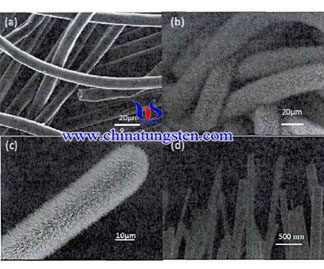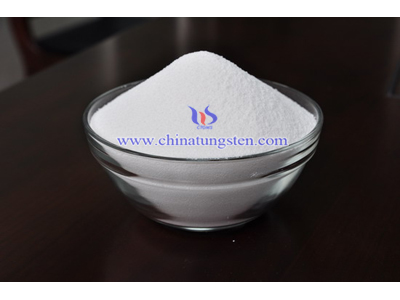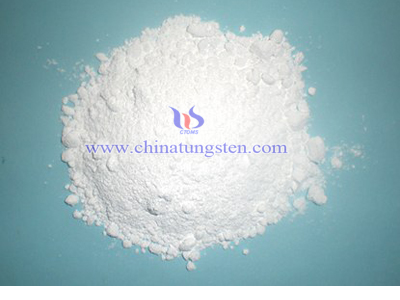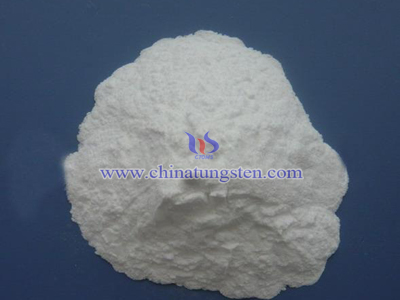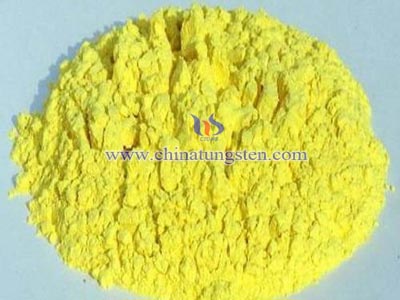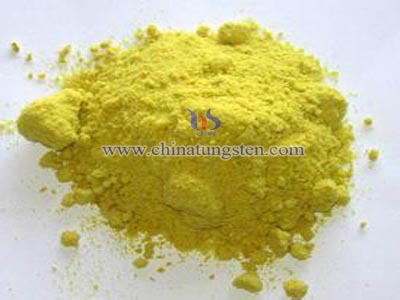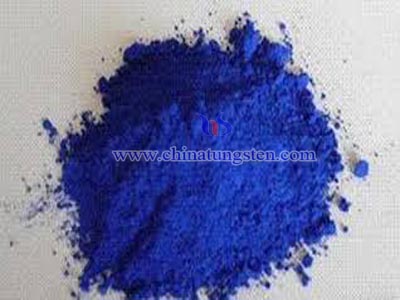Blue Tungsten Oxide Catalyst
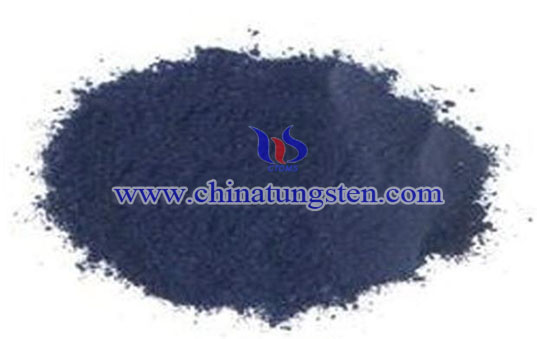
Blue tungsten oxide catalyst is using catalytic property of blue tungsten oxide (W20O58), the main catalyst or auxiliary catalyst in the petrochemical industry, which has good catalytic performance in hydrogenation, dehydrogenation, oxidation, hydrocarbon isomerization, alkylation and many other reactions, a commonly used catalyst in petrochemical industry.
Hydrogenation dehydrogenation are two different reaction, Hydrogenation – to treat with hydrogen – is a chemical reaction between molecular hydrogen (H2) and another compound or element, usually in the presence of a catalyst such as nickel, palladium or platinum. The process is commonly employed to reduce or saturateorganic compounds. Hydrogenation typically constitutes the addition of pairs of hydrogen atoms to a molecule, often an alkene.Catalysts are required for the reaction to be usable; non-catalytic hydrogenation takes place only at very high temperatures. However, dehydrogenation refers to the chemical reaction which removes hydrogen from a molecule. It is the reverse process of hydrogenation. Dehydrogenation reactions are conducted both on industrial and laboratory scales. Dehydrogenation converts saturated fats to unsaturated fats. Enzymes that catalyze dehydrogenation are calleddehydrogenases. Dehydrogenation processes are used extensively to produce styrene in the fine chemicals, oleochemicals, petrochemicals, and detergents industries.
In addition, studies indicated that blue tungsten oxide can also be used as photocatalyst, study has formed W20O58 TiO2 photocatalyst by covering W20O58 film or nanoparticles on surface of titanium dioxide (TiO2), and carried out the modification of sulfuric acid root on its surface, and eventually formed W20O58-TiO2 photocatalyst, which can be indirectly or directly used in sterilization, the treatment of air pollution, material surface decontamination self-purification, water pollution or soil pollution, which the forms can be coating or other form of photocatalyst in accordance with the specific application requirements.

